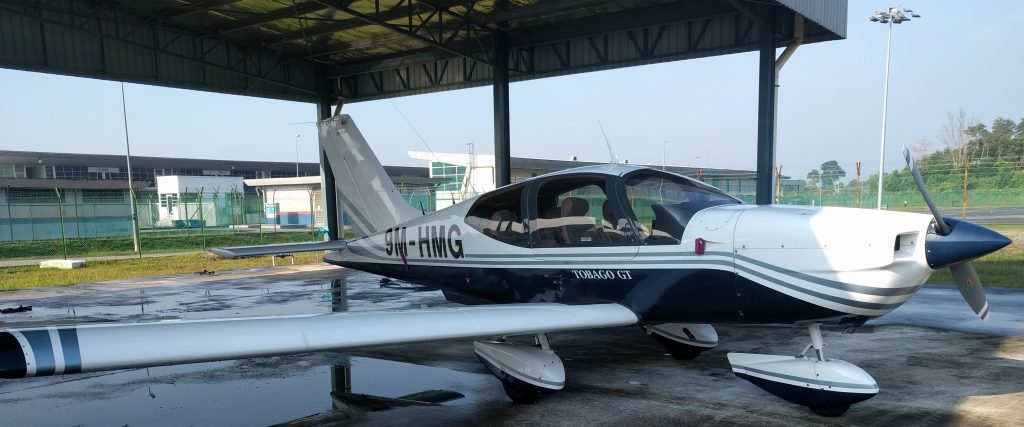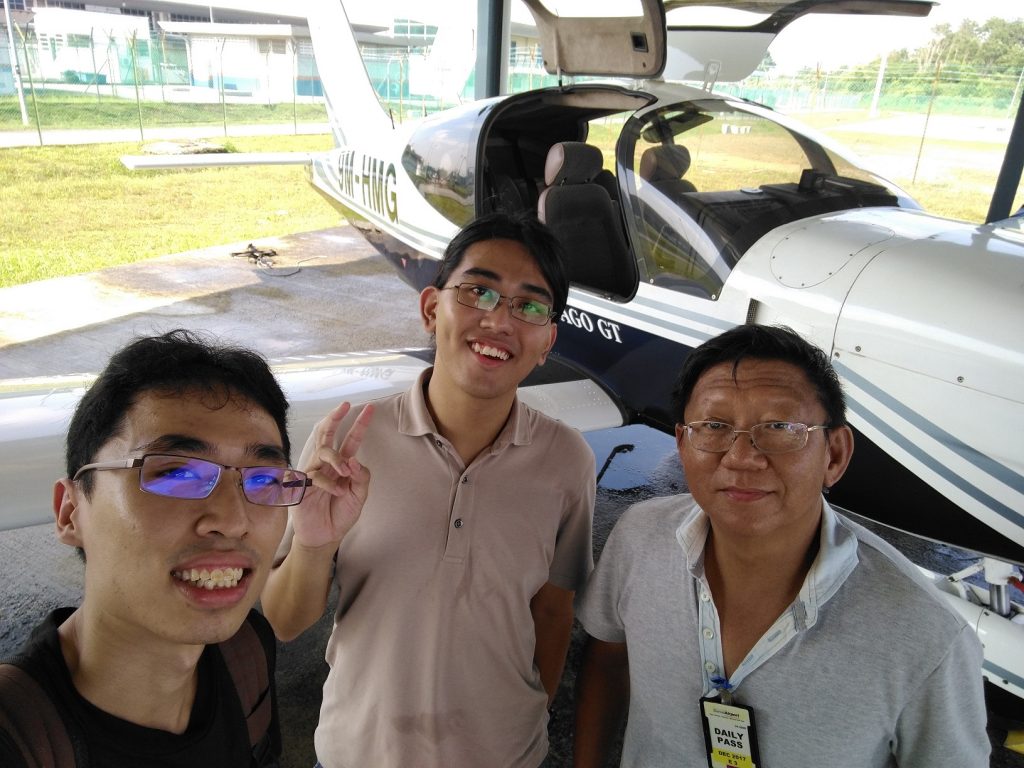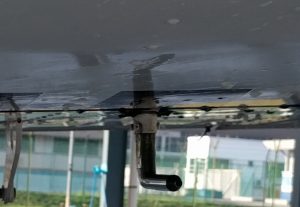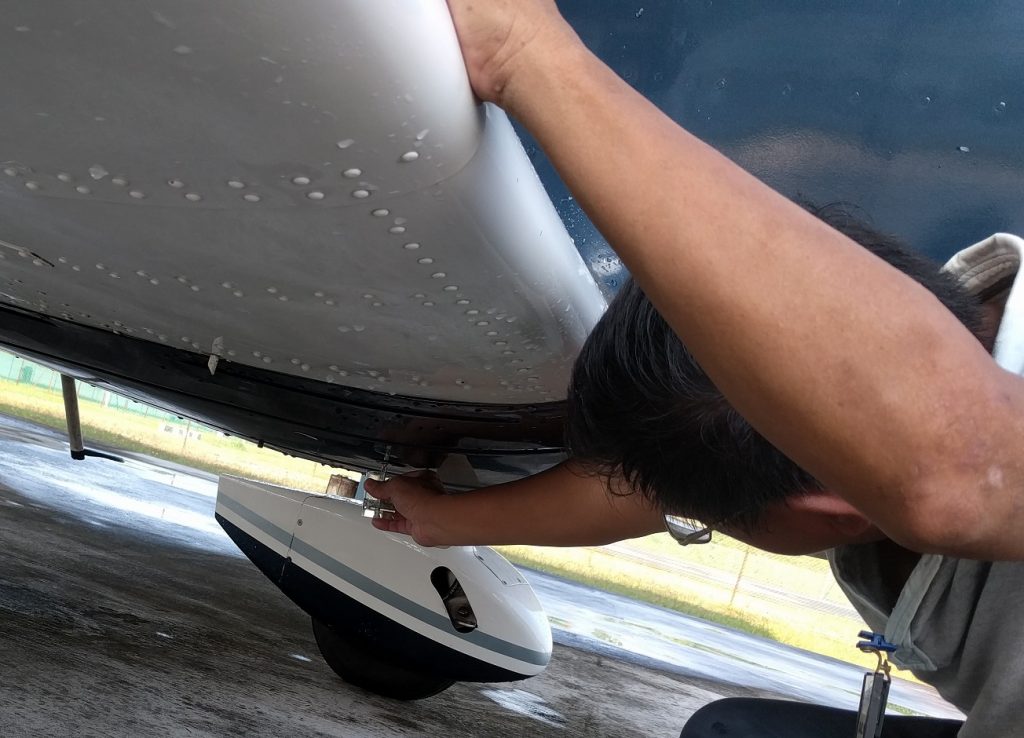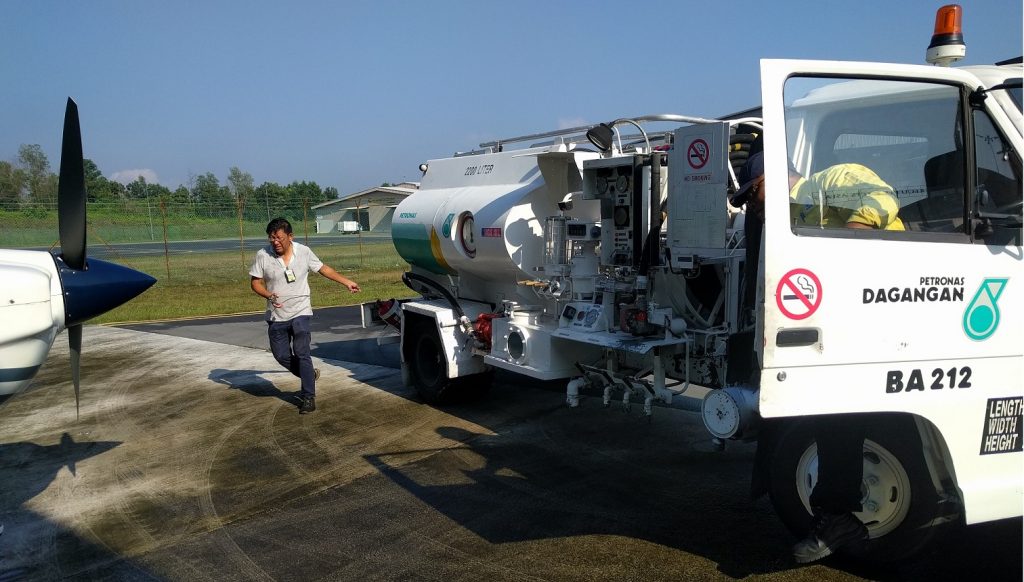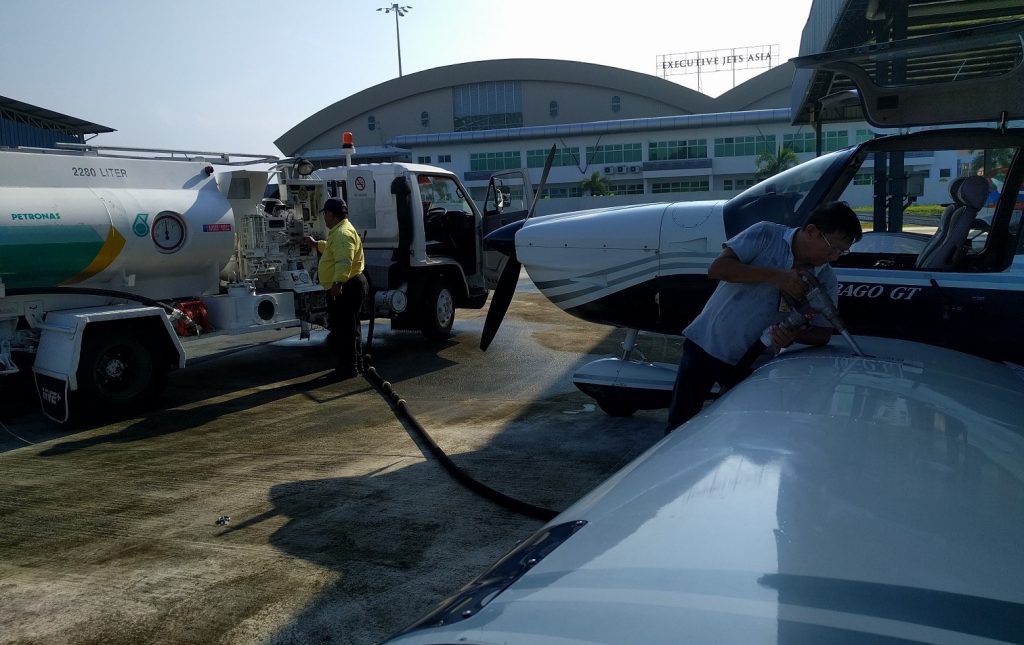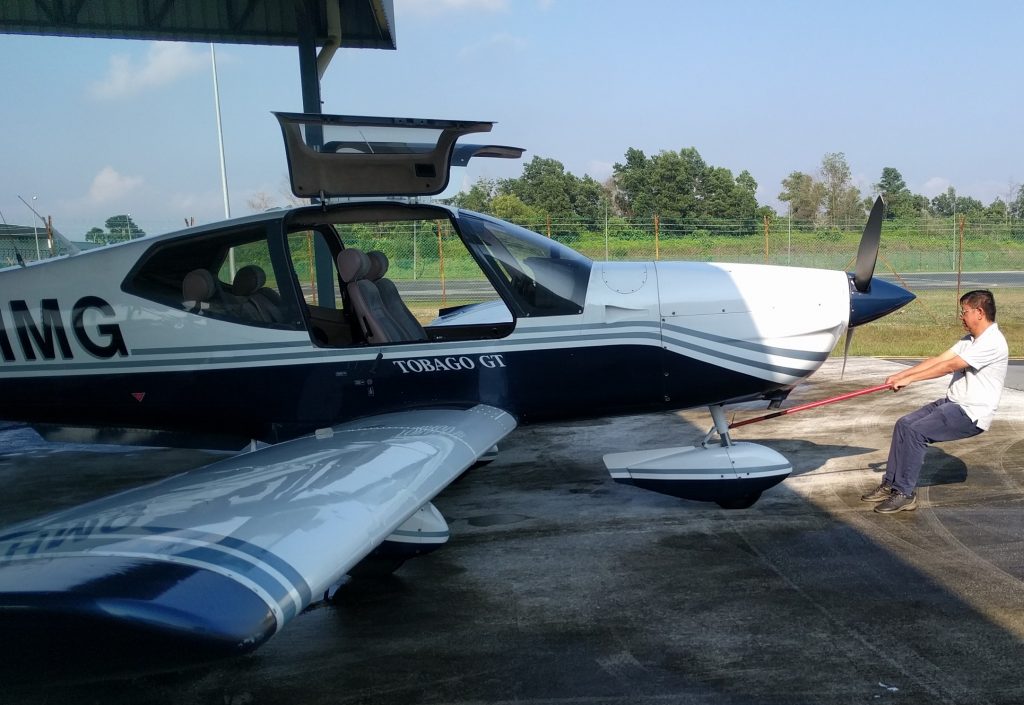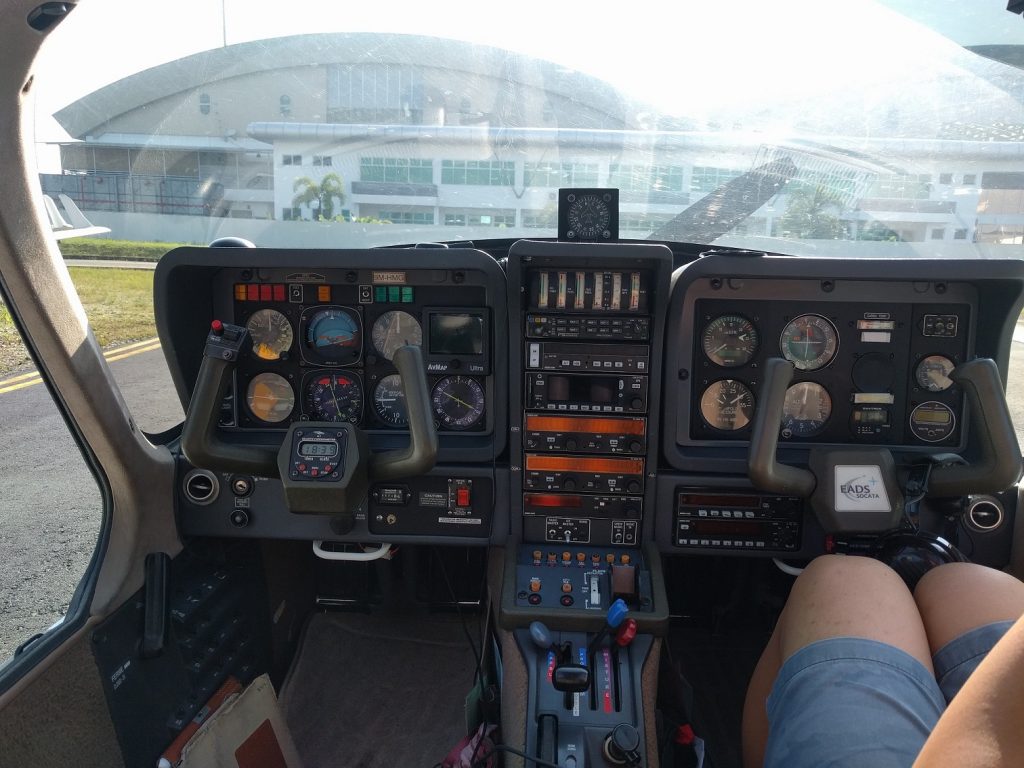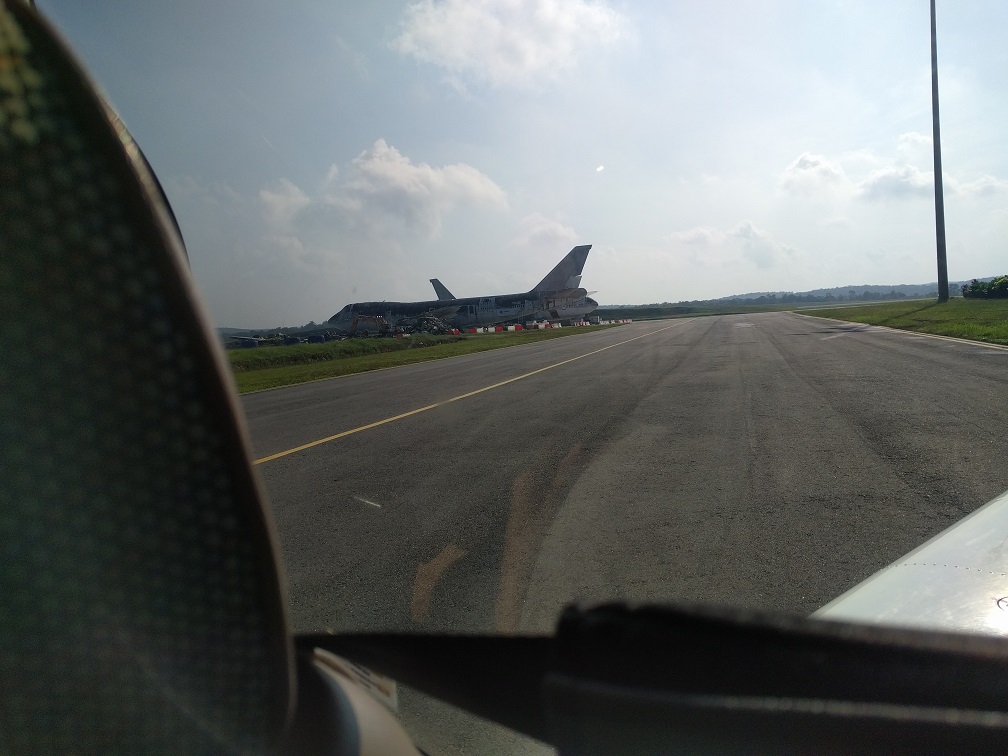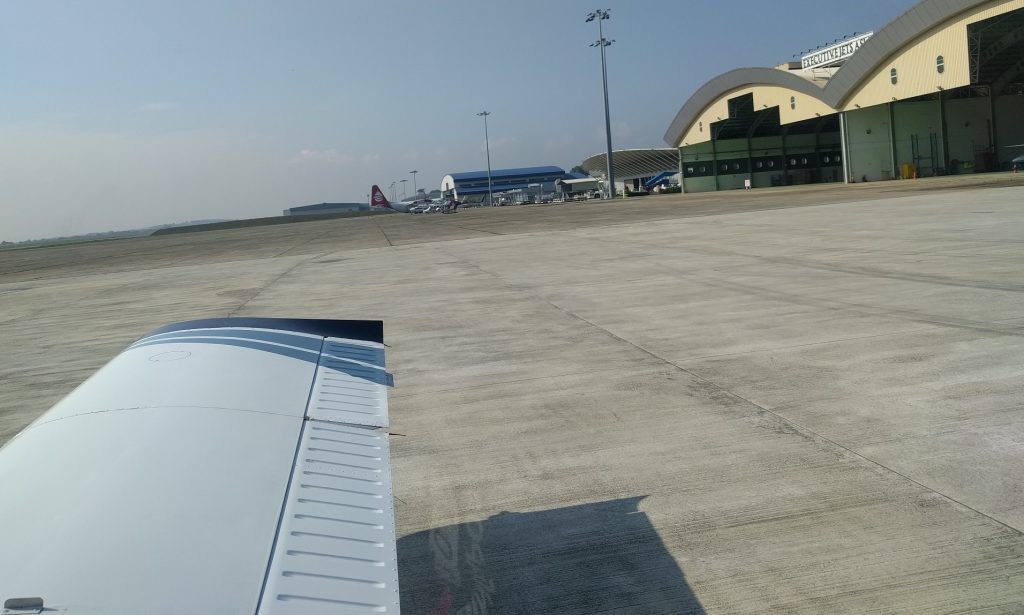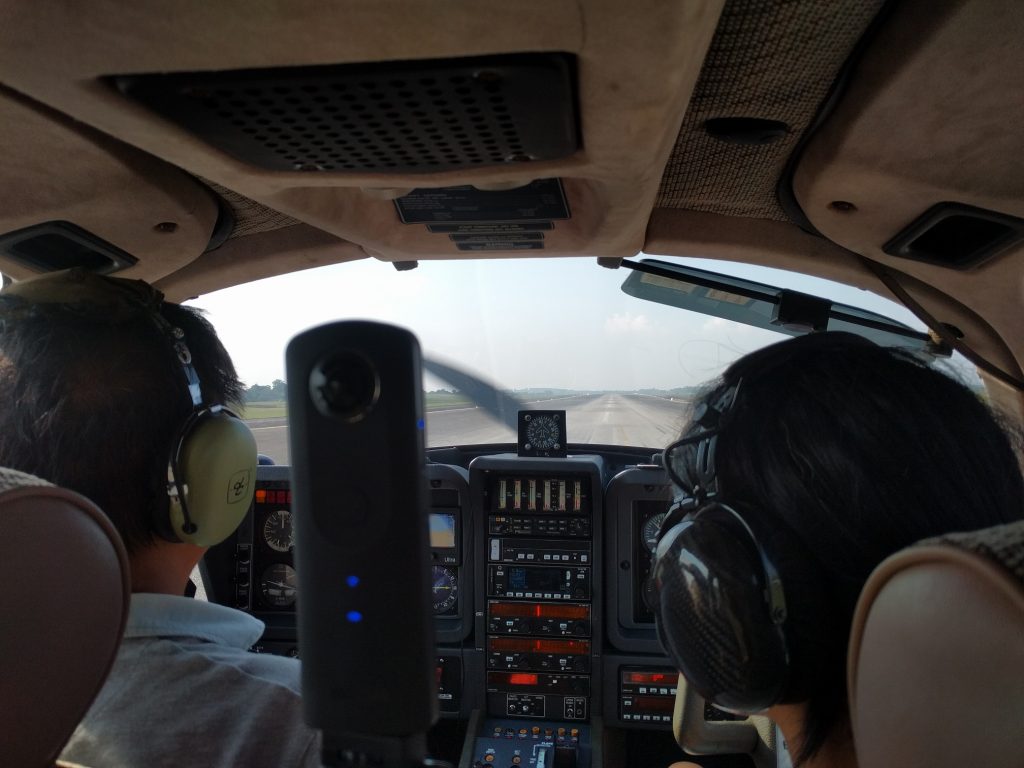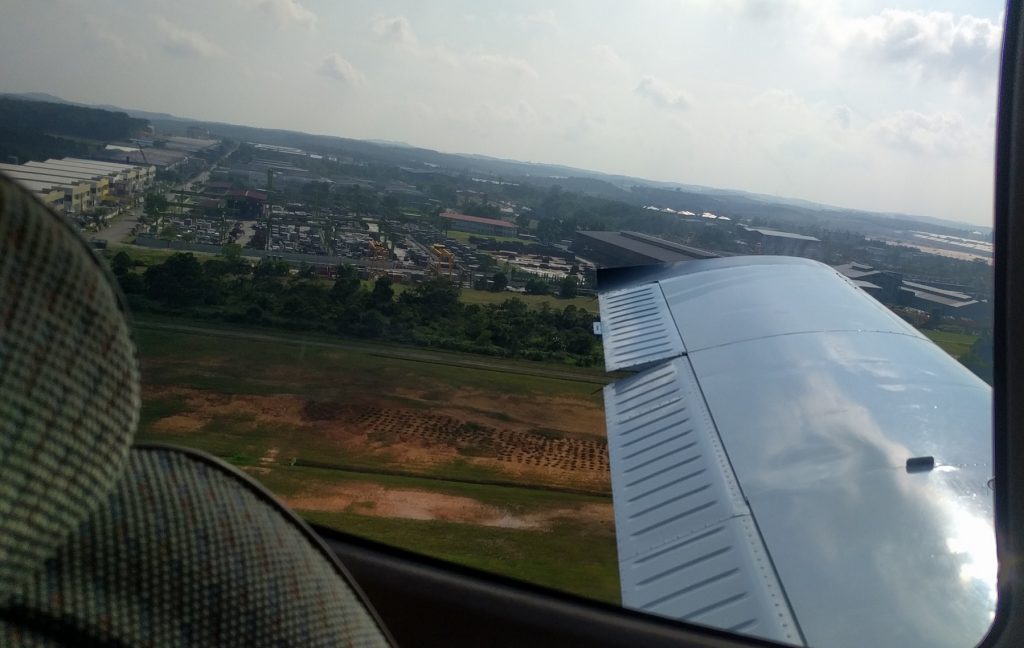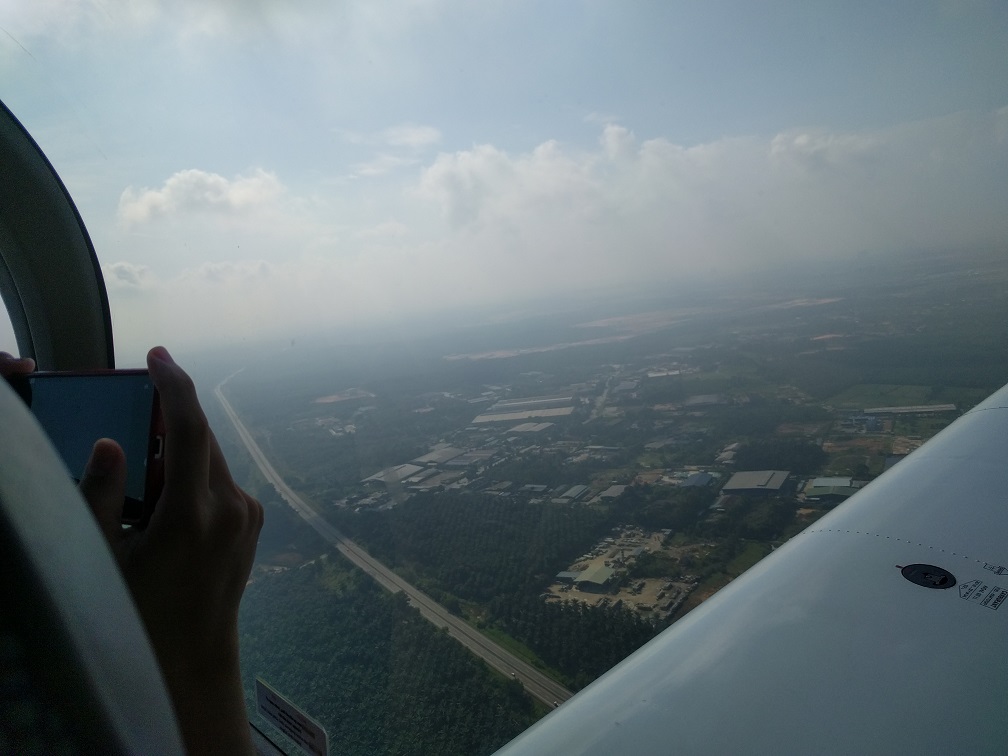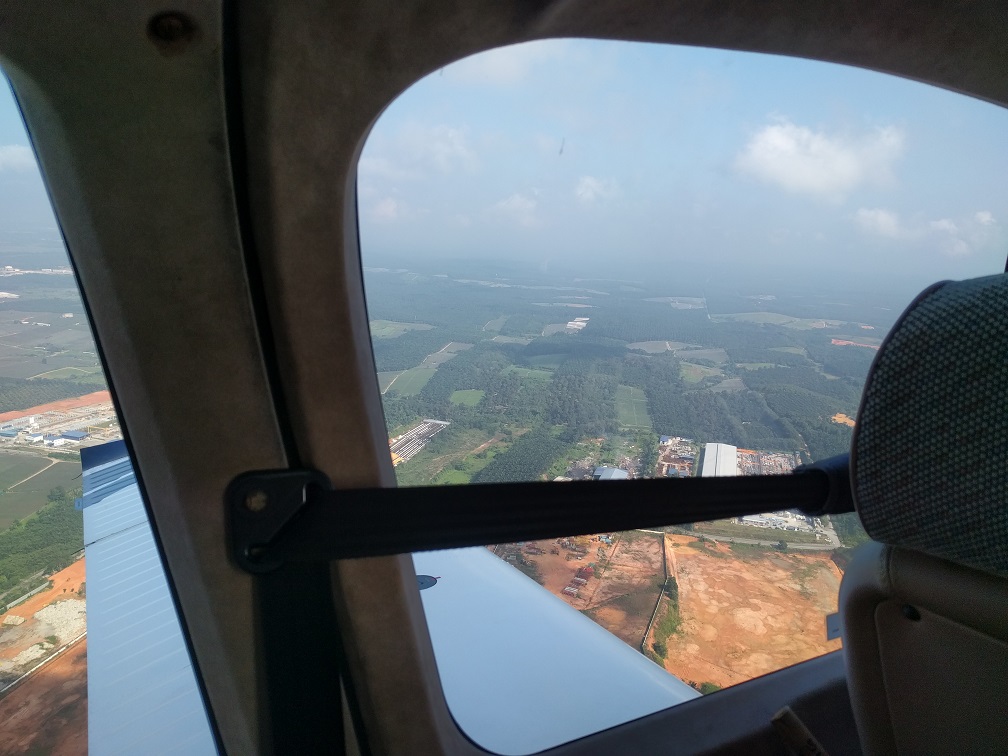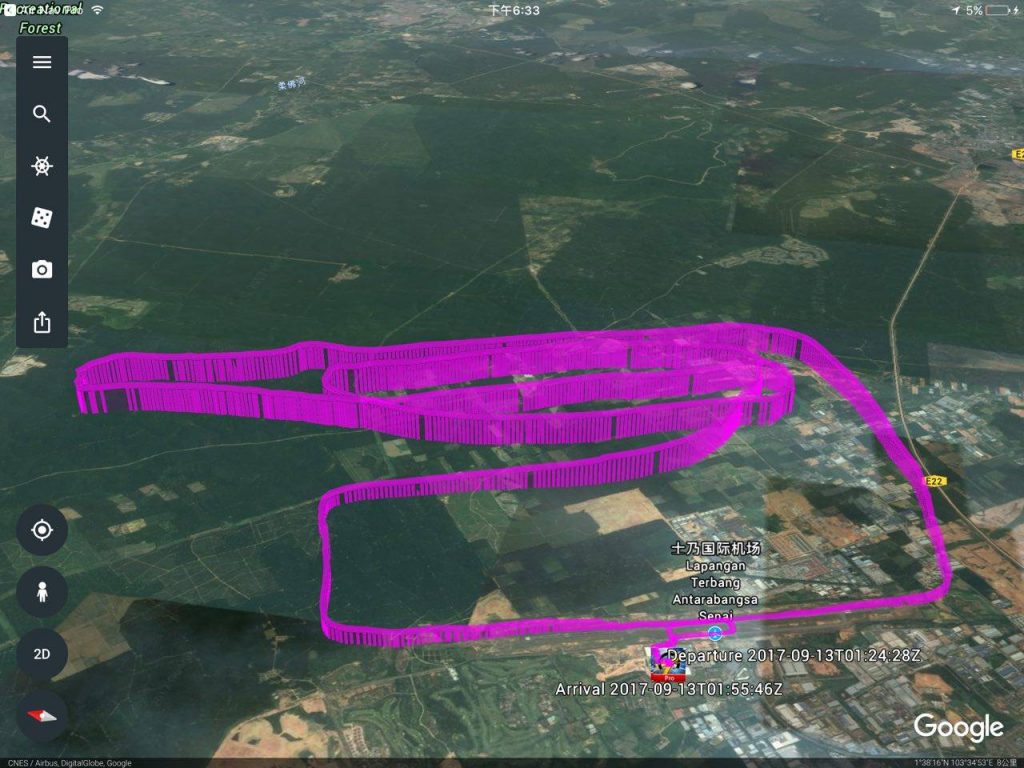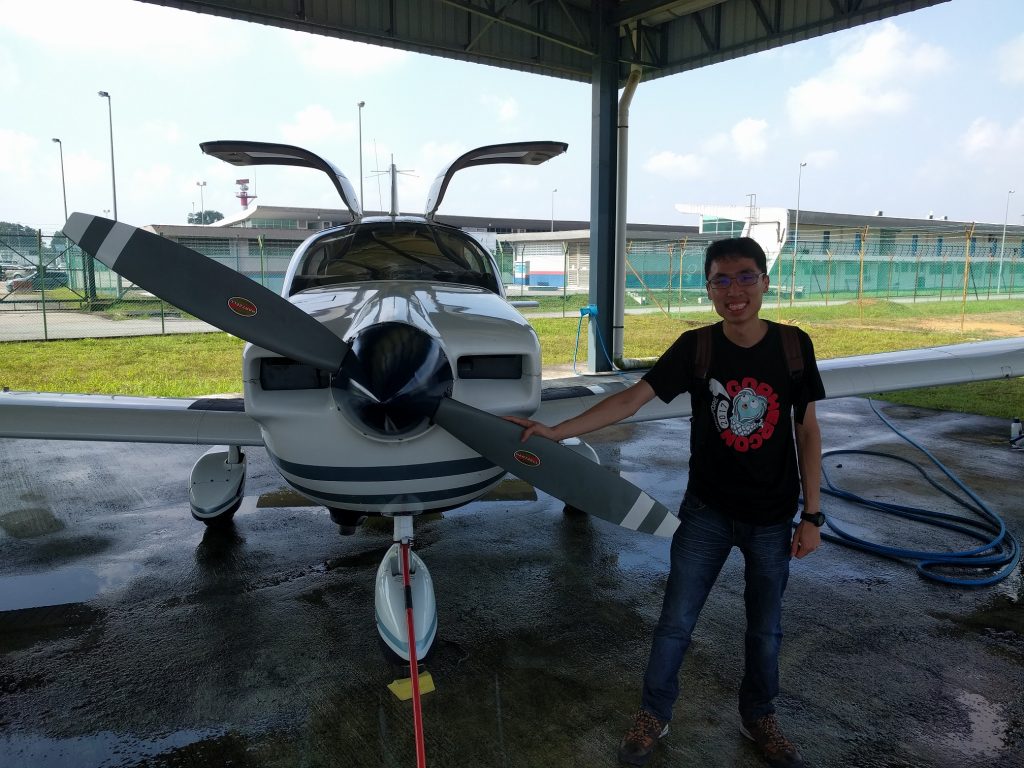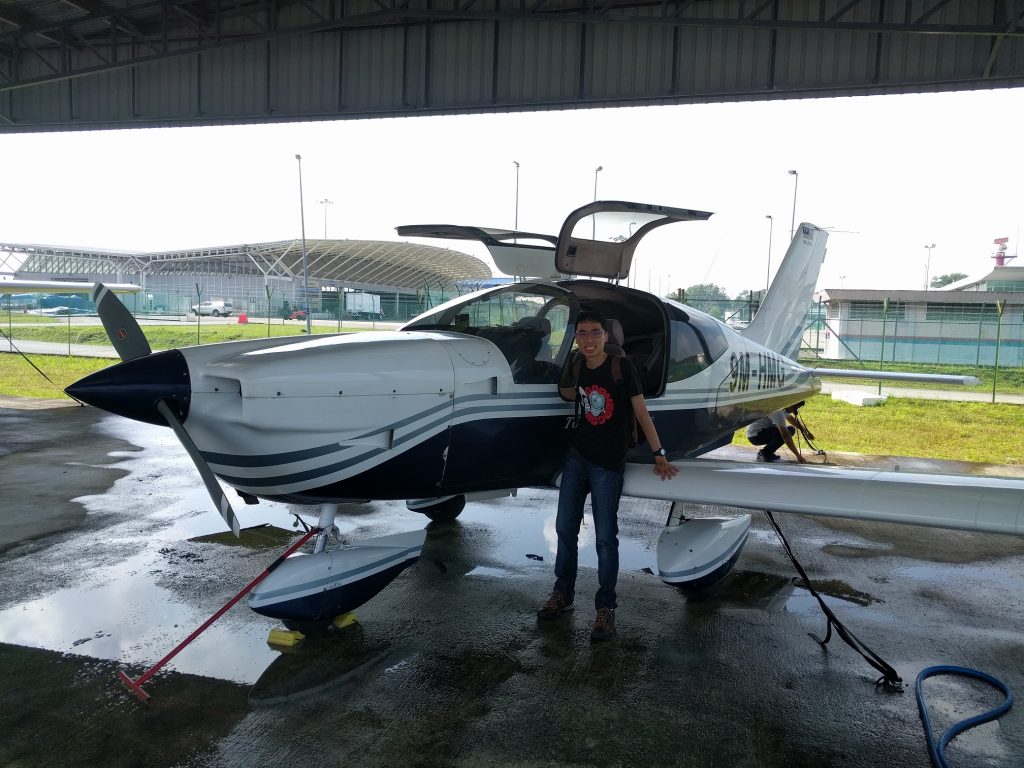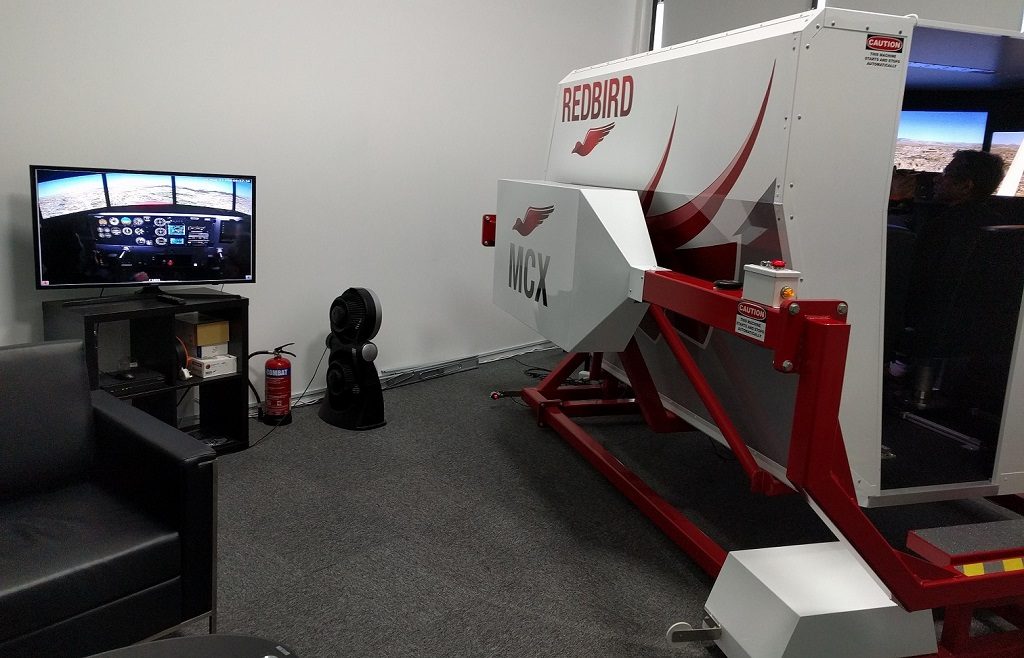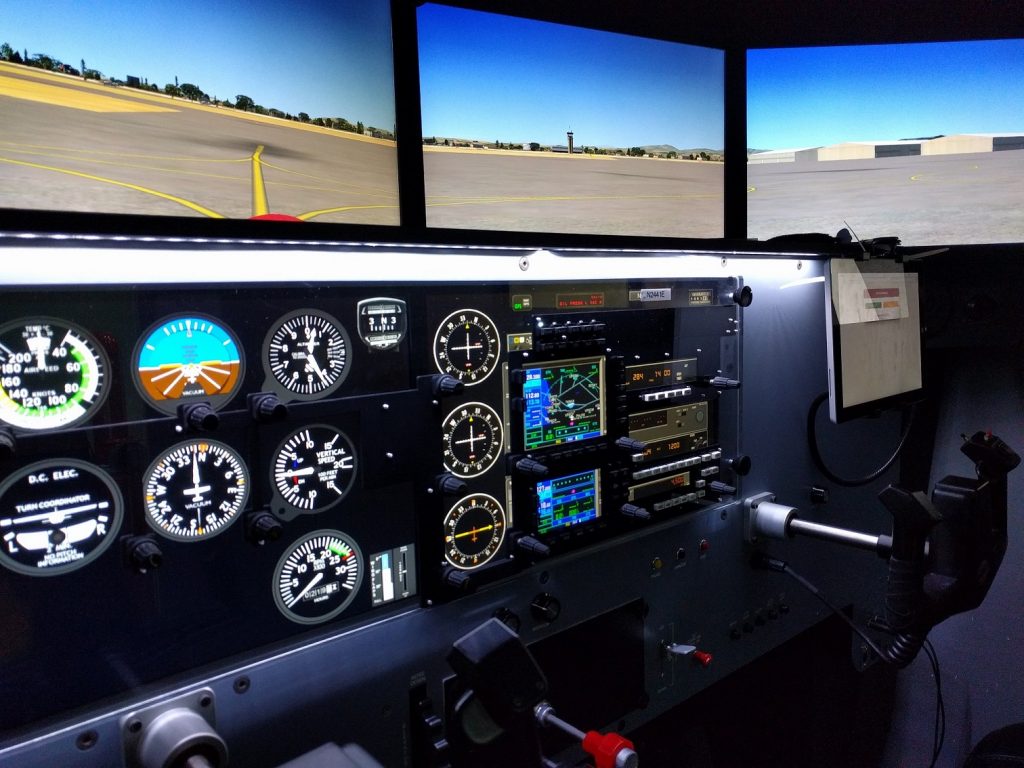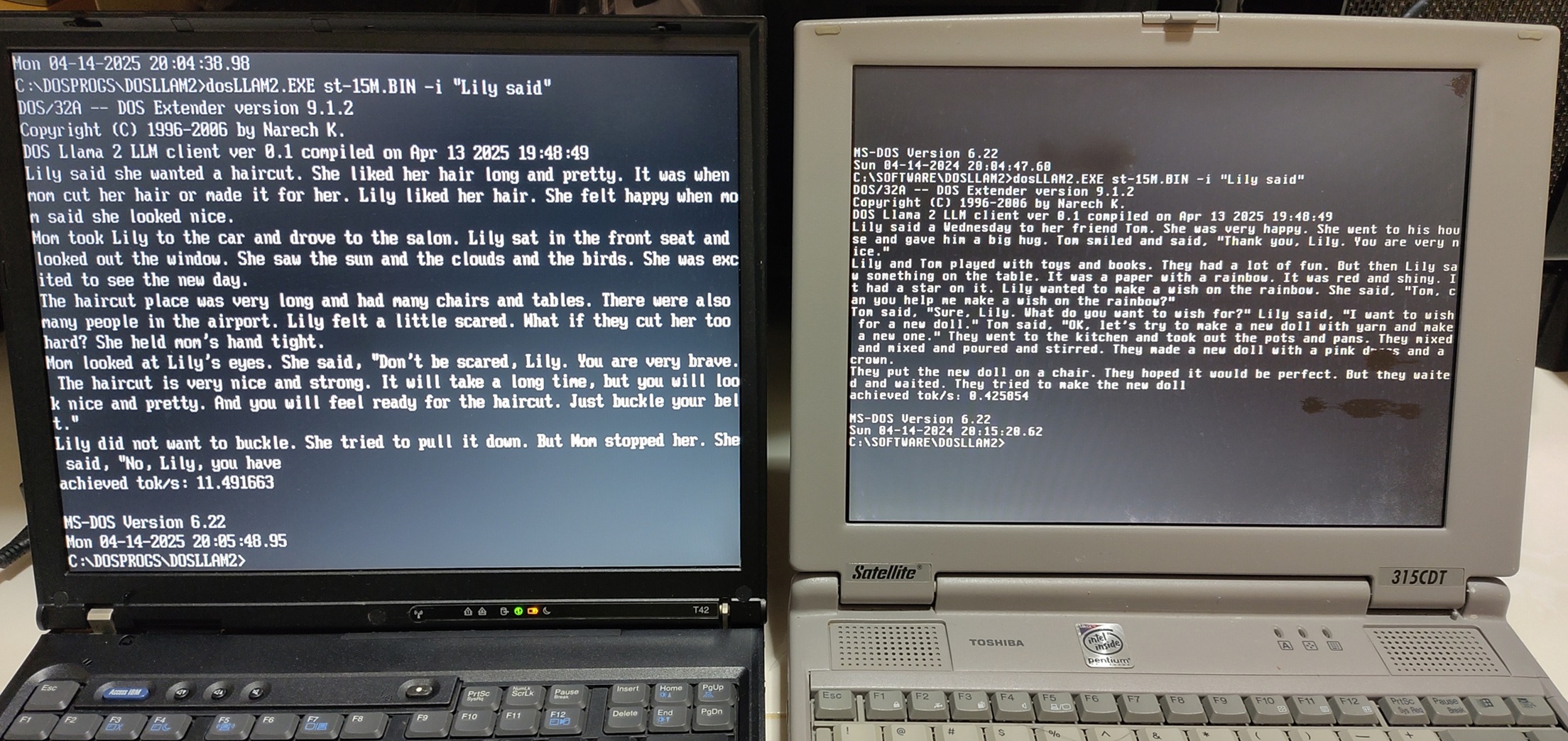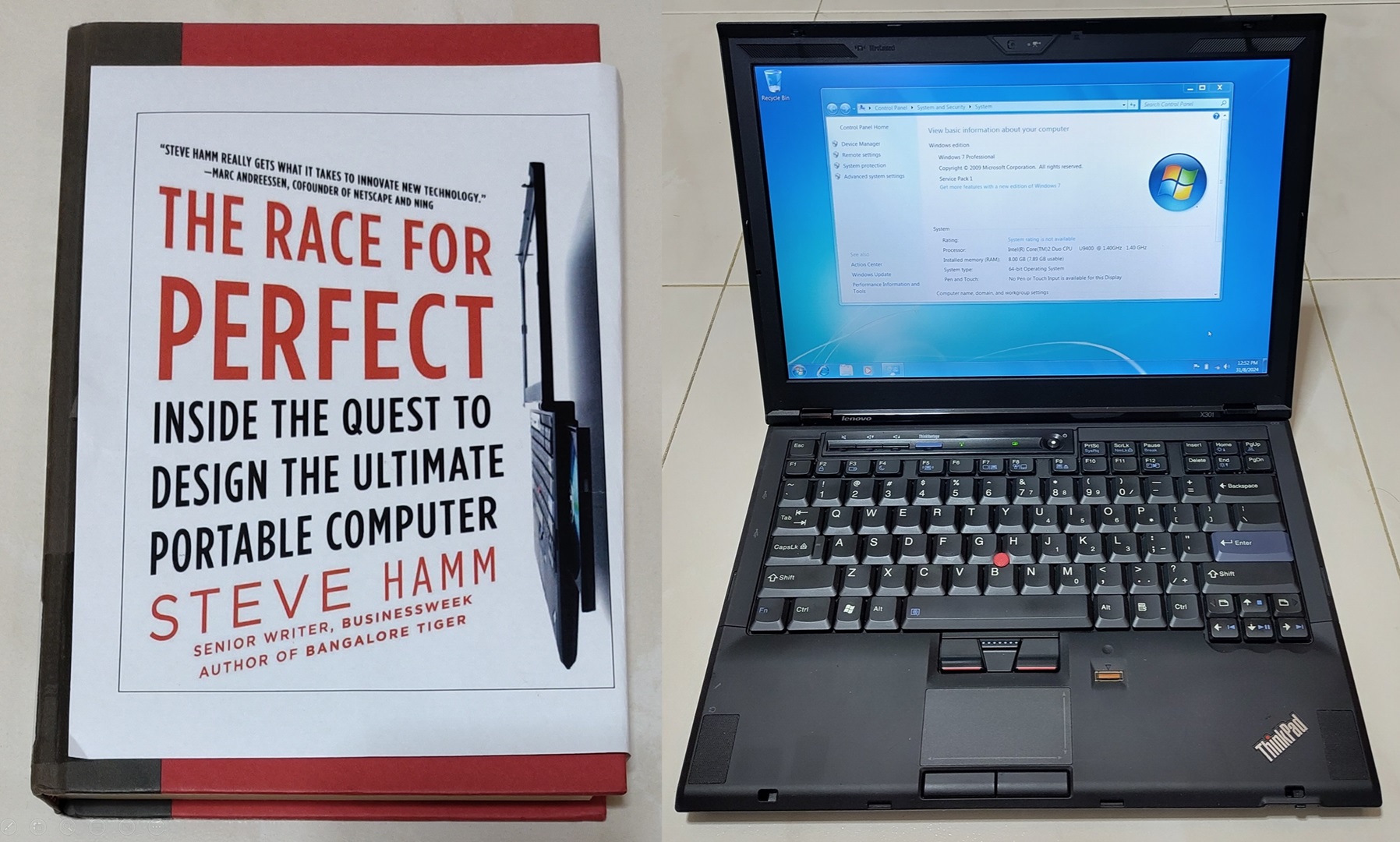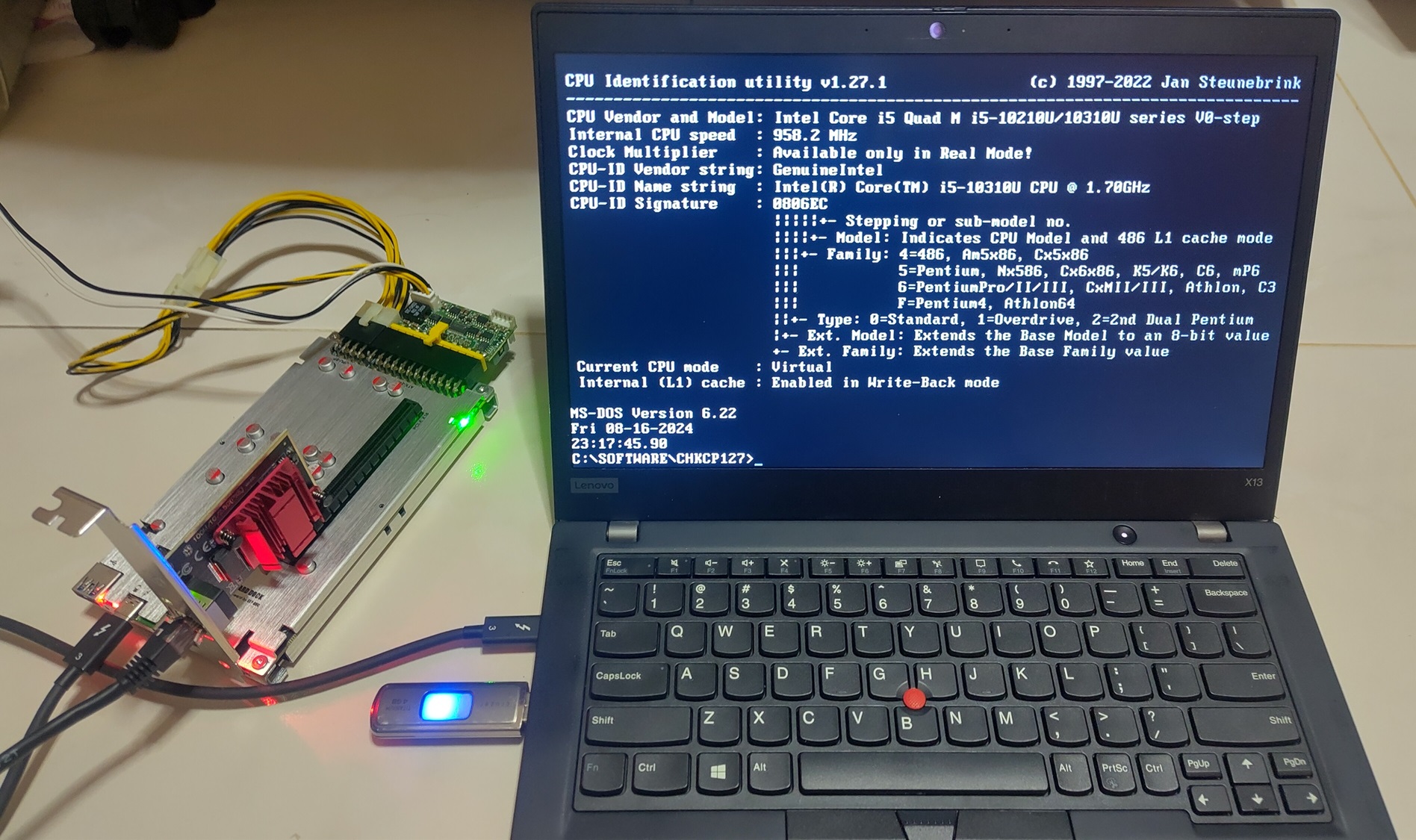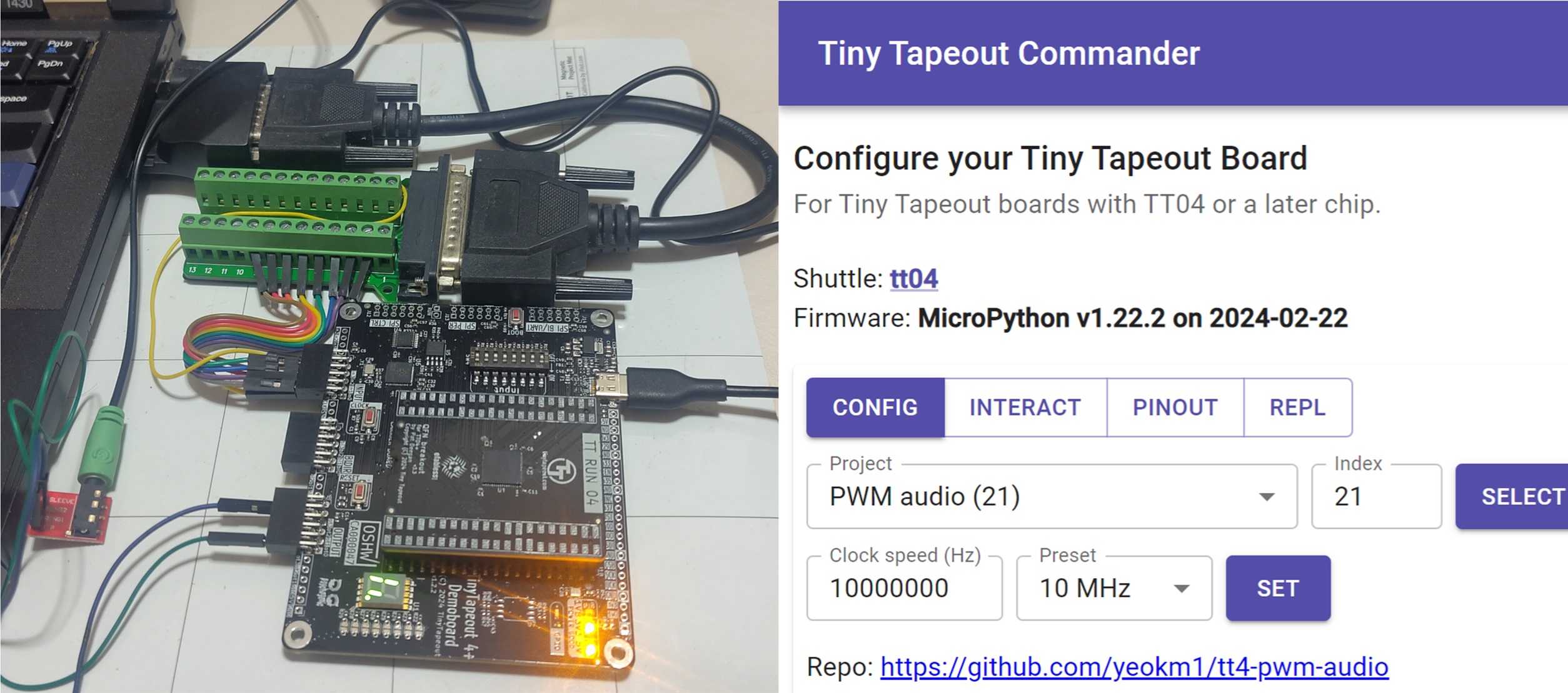The first time I stepped on an airplane, I was 10 and was going to Australia with my family for a holiday. From then on, I always wondered what it was like to one day be the person flying the plane instead of being a passenger. Due to several decisions which I regret today like not joining the Youth Flying Club when I was younger, I never got the chance to do.
So when my friend Joyce told me her private pilot friend Roger will be going up to the skies with his plane, I jumped at the opportunity! It is not everyday that one will see a pilot controlling the very aircraft you are on and speaking to the air traffic controller in real time.
This is the plane, a Socata Tobago (TB) 10 co-owned by Roger. French-built, 13 years old and Malaysian registered (9M-prefix). It is operated under the Johor Flying Club at Senai Airport.
The actors in the show from left, me, Joyce and Roger.
360 Media
This is the 360 video shot of the entire flight using a Richo Theta S borrowed from my colleague. Not exactly clear as it is 1080p resolution stretched all around. Remind me to procure a 4K camera next time I’m on such a flight.
The video does not capture the communication from the Air Traffic Controller (ATC) side of things but everyone in the flight including myself can hear it.
This video is a concatenation of 12 videos as the Theta S kept overheating and powering off again and again. Some footage was no doubt lost. It was really hot in that plane and my whole shirt was drenched with sweat after it was over. Roger explained this is partially due to the plane being of French origin thus it was built to suit the climate there.
My first 360 photo as well using the same Theta S.
Photos of the Experience
Pre-flight check
Roger removed the covers of the pitot tubes. Basically an instrument that measures airspeed. A notable crash was the Air France Flight 447 where one of the causes of the crash was the pitot tube being obstructed by ice.
Checking for the presence of contaminants like water in the fuel system. He does by holding a cup with a metal pin to drain some of the fuel.
Before pumping fuel into the plane, Roger attached a ground strap between the wheels of the aircraft and the fuel truck.
Pumping the fuel. This part is not that far different from refueling a car hehe.
The human tug! Pulling the aircraft out the hangar by hand!
The instruments in the cockpit are mostly analog compared to the latest technology which is a modern glass display. He explained sometimes older is better as these analog instruments can be more reliable than their modern counterparts.
Taxing
The 360 video includes the entire taxi process from Roger asking permission from the controller to start the engine to run-up procedure, waiting for take off clearance and so on.
2 scrap 747s lay on the side.
The many other aircraft in the area including helicopters.
Preparing to take off. I forgot my Theta camera was blocking the view when I took this shot. Reflecting on this moment, this is actually the first time that I’ve seen an airport runway straight on through the view of the cockpit.
In the air!
A window seat never felt as thrilling as this!
Back to the ground
Because what goes up must come down
Roger kindly provided to me the route we took as plotted on Google Maps.
Some “poster boy” shots
Comparison to a simulator
I recently flown in a Redbird MCX motion simulator owned by flightschool.sg used for initial training for aspiring pilots.
It is so good that it is actually certified to be able to partially replace training in real aircraft.
The biggest difference I felt was the G-force. A motion simulator can simulate changing orientation by rotating the cabin but it can never simulate acceleration. The negative Gs I experienced in the TB10 when we did a sudden dive was slightly uncomfortable but I believe can get used to in time.
Before the actual flying, Roger spent some 2 hours on washing his plane, pre-flight checks as well as refuelling which gave me an appreciation on the work required to maintain and prepare an aircraft for takeoff. The simulator skips all these tasks, just get in and start flying.
A simulator never has a failure scenario unless you want it too. During the flight, our transponder had to be reset several times as the controller lost our aircraft on his screen. Unexpected glitches can happen in real life.
Communication between Us <-> ATC and Other planes <-> ATC can probably be simulated in the simulator but will never match the realism and radio crackle of reality.
The simulator is comfortably air-conditioned. In the real plane, you might get “cooked” by the heat from the engine.
Final thoughts on the experience
This is no doubt one of the best experiences of my life. One gains a new found appreciation for the crews that maintain the aircraft. Oftentimes when we take a commercial flight, we are isolated from the pilots and the maintenance personnel. Everything seems like a black box, you get in the aircraft, then get out at your destination.
This experience has no doubt has encouraged me to learn to fly in the future. Some day, I’ll fly one on my own!
Many thanks to Roger for driving Joyce and I up North and then sending us back to Singapore. Thanks to Joyce as well for the link up!

